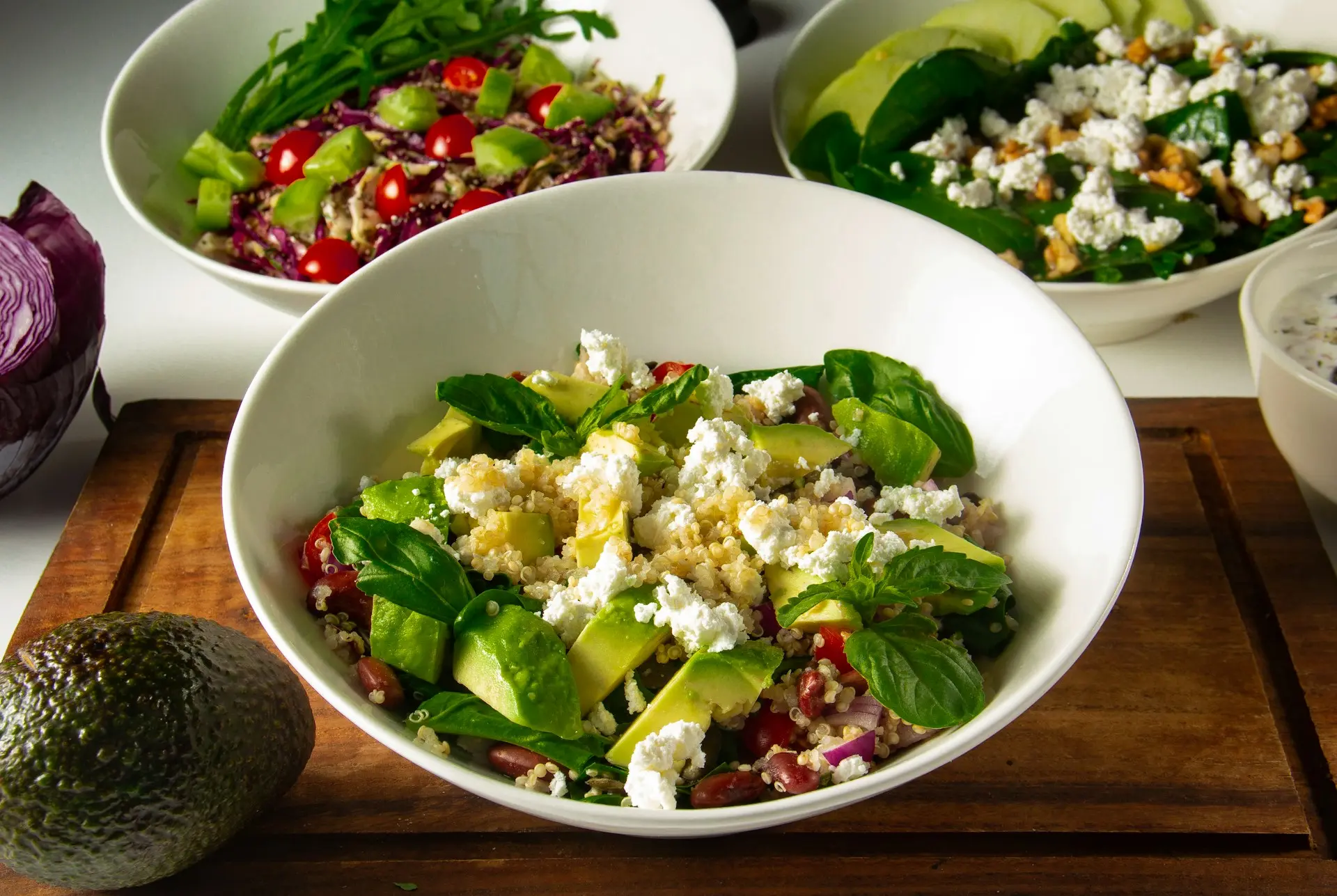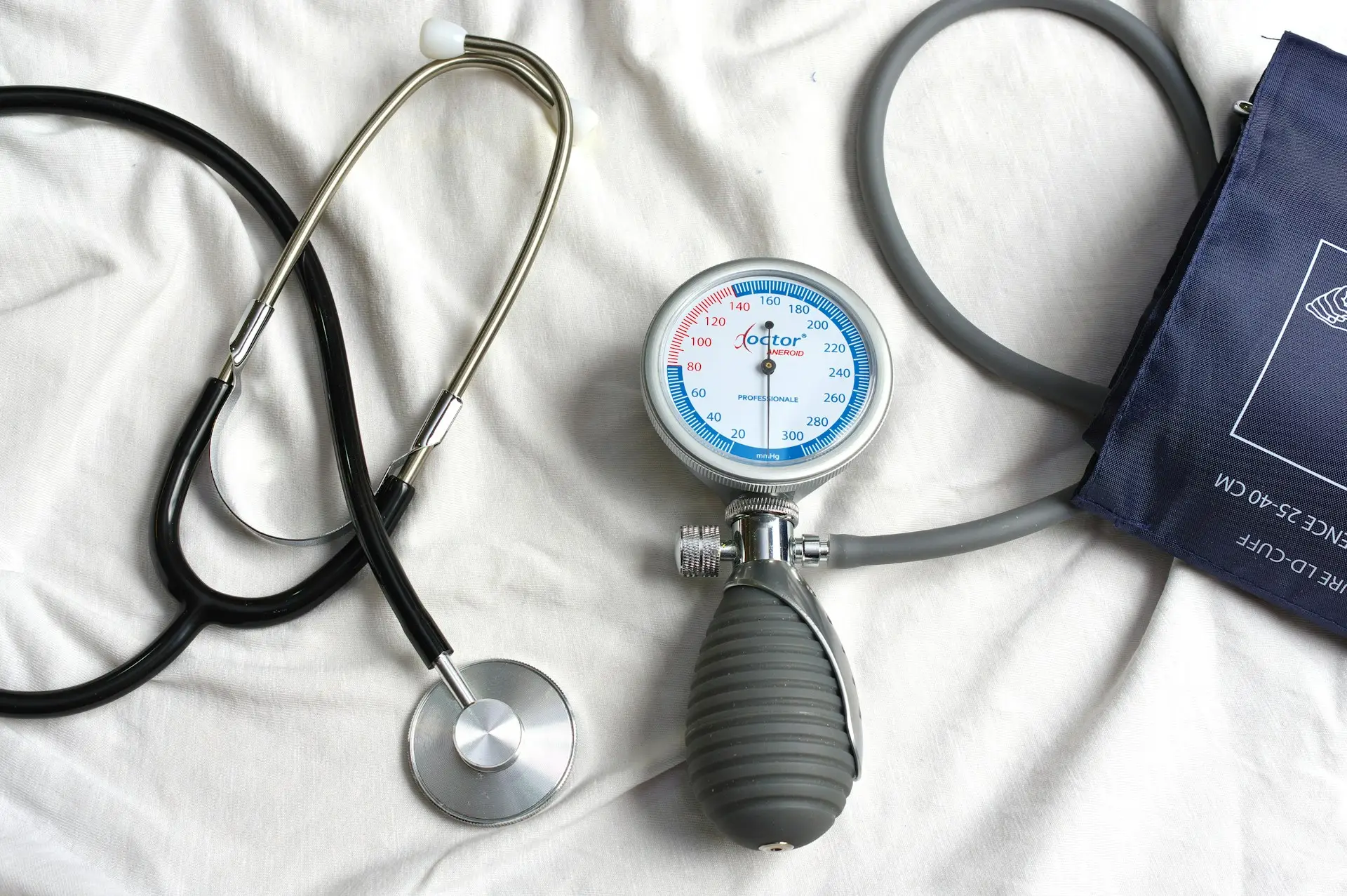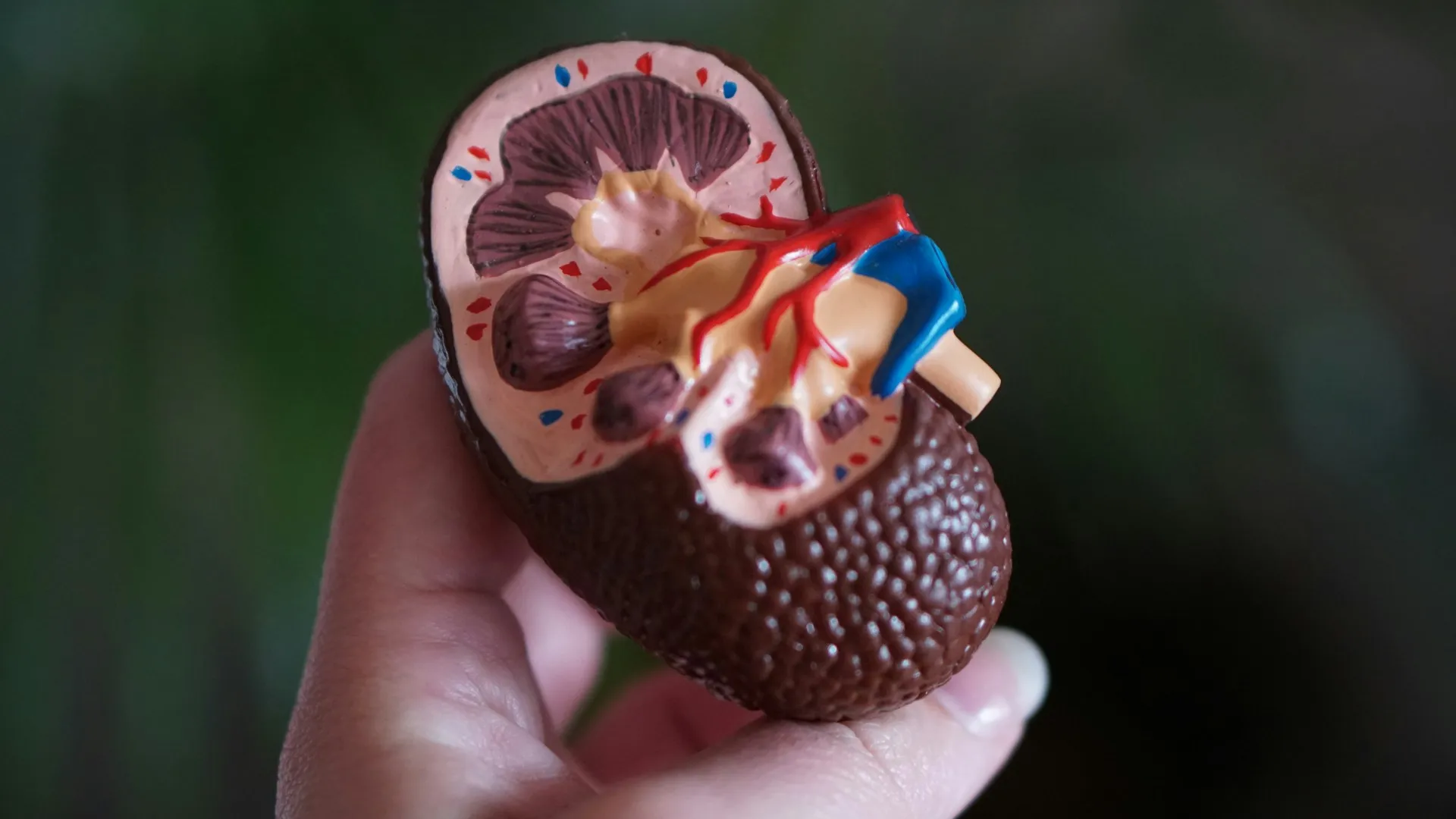High blood pressure (hypertension) is a medical condition that often develops silently, without noticeable symptoms. Yet, it significantly increases the risk of serious health issues, such as heart disease, stroke, vision problems, and kidney disease.
If you’re looking to prevent or manage hypertension, the right diet can help reduce blood pressure, support heart health, and enhance your overall well-being.
The best diets for lowering blood pressure work through one or more key mechanisms, which are:
- Increasing beneficial nutrients like potassium, magnesium, and fiber. These help relax blood vessels, reducing the pressure against the walls of your arteries.
- Reducing sodium (salt) intake. Excess sodium leads to water retention and increased blood volume, which raises blood pressure.
- Encouraging healthy fats (such as those from vegetable oils and fatty fish) while limiting unhealthy fats (such as those from fried foods, processed snacks, and fatty cuts of meat). This lowers LDL (bad cholesterol) levels, improving blood vessel function and reducing the risk of heart disease.
- Limiting added sugars. This reduces the risk of insulin resistance and type 2 diabetes—2 conditions that can contribute to high blood pressure levels.
Here are the 6 best diets for lowering blood pressure, listed in no particular order.
I. Dietary Approaches to Stop Hypertension (DASH) diet
The DASH diet is a science-backed eating pattern specifically designed to lower high blood pressure. It has even proven to reduce blood pressure as effectively as some antihypertensive medications when they’re taken alone.
Depending on your daily calorie requirements, the diet emphasizes consumption of certain amounts of fruits, vegetables, whole grains, lean proteins, low-fat dairy, and healthy fats while limiting unhealthy fats, red meat, sweets, and added sugars. Sodium intake is also limited to no more than 2,300 mg (about 1 teaspoon) per day.
Other than lowering blood pressure, the DASH diet can also help with weight loss, lowering levels of bad cholesterol, better blood sugar control in people with diabetes, and better heart health.
II. Mediterranean diet
The diet is based on the traditional eating patterns of countries surrounding the Mediterranean Sea, such as Greece, Italy, and Spain. Unlike the DASH diet, which focuses on specific nutrient targets, the Mediterranean diet emphasizes high-quality, natural foods that promote overall cardiovascular health.
The diet recommends consumption of fruits, vegetables, lean proteins, legumes, whole grains, extra-virgin olive oil, low-fat dairy products, and some red wine. It limits intake of trans fats, refined sugars, ultra-processed food, and red meats. It also suggests using herbs and spices for seasoning instead of salt.
The Mediterranean diet has also proven to favor weight loss and lower blood sugar levels in people living with diabetes.
III. Vegetarian diet
A vegetarian diet is a plant-based eating pattern that eliminates meat while focusing on fruits, vegetables, whole grains, legumes, nuts, and seeds. Some vegetarians include dairy and eggs, while others follow stricter variations.
Vegetarian diets are naturally rich in fiber, potassium, and antioxidants, which help improve blood vessel function and lower hypertension risk. They are also known for reducing bad cholesterol, promoting overall heart health, and reducing the risk of certain cancers, especially colorectal cancer.
Vegetarian diets allow you to tailor your food choices based on personal preferences and nutritional needs. Examples of blood pressure-friendly variations include:
- Pescatarian diet: This variation allows seafood as a source of protein but excludes other meats. In addition to the other benefits of a vegetarian diet, it also provides omega-3 fatty acids from fish. These help reduce inflammation, improve blood vessel function, and lower blood pressure.
- Flexitarian diet: It encourages plant-based eating but allows occasional meat or poultry. It has similar benefits to a vegetarian diet but allows more flexibility. It is especially helpful for people transitioning to a vegetarian diet.
- Ornish diet: It was developed by Dr. Dean Ornish to reverse heart disease. It limits fats to 10% of daily calories, focusing on whole, unprocessed plant foods.
IV. Vegan diet
A vegan diet eliminates all animal products, including meat, dairy, eggs, and even honey. It is 100 % plant-based, focusing on whole grains, fruits, vegetables, legumes, nuts, and seeds. It is very effective for reducing blood pressure since it excludes all sources of cholesterol and saturated fats from animal products while emphasizing high-fiber, nutrient-rich foods.
The diet is also linked to a lower risk of type 2 diabetes, a healthier heart, healthier kidneys, and a reduced risk of colon, breast, and prostate cancer.
It is also linked to a number of nutritional deficiencies when not well planned. Therefore, consulting a dietitian is essential for maximizing the benefits of this diet while protecting your short- and long-term health.
V. Low-sodium diet
A low-sodium diet focuses on reducing salt intake to help reduce fluid retention, which helps to control blood pressure and lowers strain on the heart and kidneys. The American Heart Association (AHA) recommends limiting sodium to 1,500 mg per day for people with high blood pressure, though the general limit for adults is 2,300 mg.
While on this diet, you’ll need to avoid high-sodium foods like salty snacks, frozen dinners, processed meats, fast food, boxed meals, and pickled foods. Low-sodium foods you can enjoy include fresh fruits and vegetables, fresh or frozen meat, eggs, whole grains, unsalted snacks, and low-sodium dairy products. You can also use garlic, paprika, basil, lemon, thyme, and vinegar for flavor instead of salt.
Other than supporting cardiovascular and kidney health, limiting salt intake also reduces your risk of getting stomach cancer.
VI. Therapeutic Lifestyle Changes (TLC) diet
The TLC diet was developed by the National Institutes of Health (NIH) to help lower cholesterol levels and reduce the risk of heart disease. While that was its primary focus, it is also effective in lowering blood pressure and preventing and managing diabetes.
It recommends the consumption of whole grains, vegetables, fruits, lean protein, low-fat dairy, and limited quantities of healthy fats. It discourages intake of high-sodium foods, refined sugars, saturated fats, and trans fats.
The TLC diet belongs to a larger TLC program, which, in addition to emphasizing healthy eating patterns, also recommends maintenance of a healthy weight and regular physical activity—at least 30 minutes of moderate intensity exercise every day.
Lifestyle tips to enhance the blood pressure-lowering benefits of these diets
A healthy diet is just one component of a blood pressure-friendly lifestyle. To maximize its effectiveness, combine it with other key lifestyle changes, such as:
- Limiting alcohol intake
- Managing stress effectively
- Exercising regularly
- Getting enough sleep
- Stopping smoking
- Staying at a healthy weight
How long does it take for these diets to lower blood pressure?
The time it takes for dietary changes to reduce blood pressure varies by individual and type of diet. Research provides evidence for the DASH, low-sodium, and Mediterranean diets, showing measurable reductions in blood pressure over specific periods.
The DASH diet alone can lower blood pressure within just one week, with maximum benefit occurring within 2 weeks. The low-sodium diet can also reduce blood pressure within 1 week, but unlike the DASH diet, its blood pressure-lowering effect continues over several weeks.
The Mediterranean diet shows a more gradual but sustained effect on blood pressure. It leads to a decrease in blood pressure and better blood vessel wall function over 3–6 months, but with these effects potentially extending beyond that.
Studies confirm the long-term effects of the TLC, vegetarian, and vegan diets on blood pressure, but research on how quickly the diets work is limited.
Even though benefits may be seen shortly after adopting these diets, long-term commitment is essential for sustained blood pressure control. People with higher starting blood pressure typically see faster improvements in blood pressure, while people with existing medical conditions like diabetes, kidney disease, and metabolic syndrome may take longer to achieve significant changes.
What should I remember?
Eating the right foods can make a big difference in managing blood pressure. The DASH, Mediterranean, low-sodium, vegetarian, vegan, and TLC diets all emphasize whole foods, limit salt, and provide nutrients that lower blood pressure like potassium, magnesium, and fiber. Each diet has unique benefits, but they all support better cardiovascular health.
The best diet is one you can stick to long-term. Focus on gradual, sustainable changes, like eating more fruits and vegetables and cutting back on processed foods. Pair your diet with regular exercise, stress management, and medical advice for the best results.












